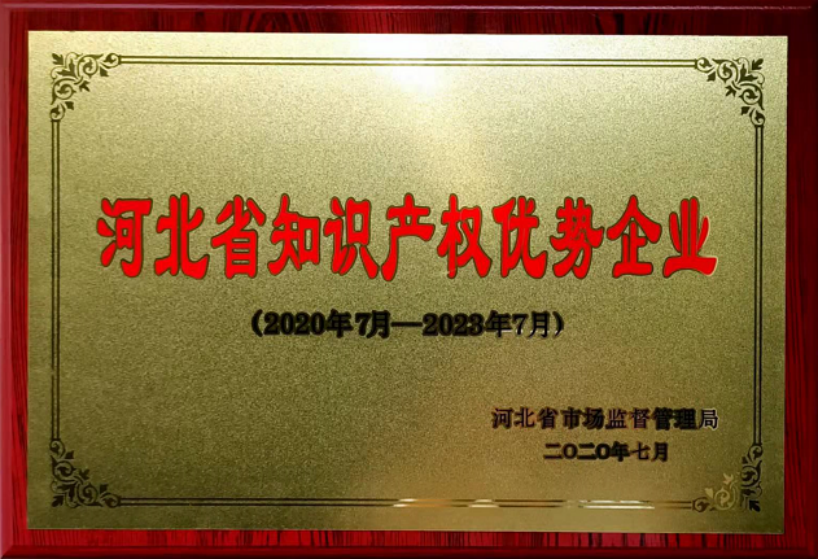
Dec . 17, 2024 16:36
Back to list
safety relief valve
Understanding Safety Relief Valves A Critical Component of Pressure Management
In various industries, the integrity and safety of pressurized systems are paramount. One crucial device that ensures the safe operation of such systems is the safety relief valve. This article delves into the importance, functionality, and maintenance of safety relief valves, emphasizing their role in preventing catastrophic failures and ensuring operational efficiency.
What is a Safety Relief Valve?
A safety relief valve is a crucial mechanical device designed to release excess pressure from a system to prevent overpressure situations that could lead to equipment failure, explosions, or leaks. These valves are commonly used in various applications, including oil and gas, chemical manufacturing, power generation, and water treatment facilities. They act as a safeguard against unexpected pressure increases, providing a critical layer of safety inpressurized vessels, pipelines, and other containment systems.
How Does It Work?
The primary function of a safety relief valve is to open at a predetermined pressure (the setpoint) and allow fluid (gas or liquid) to escape when the pressure exceeds safe levels
. This release reduces the pressure in the system, thereby preventing damage.The valve typically consists of several key components - Valve Body This is the main housing that contains the internal components. - Disc This is a movable element that seals the outlet when the system pressure is within the safe range. - Spring This component supports the disc and determines the set pressure of the valve. - Actuator (Seat) This is where the disc seals against when the valve is closed.
When the pressure within the system exceeds the setpoint, the force of the pressure acting on the disc overcomes the spring's resistance, causing the valve to open. The fluid then flows out, lowering the pressure within the system until it returns to a safe level, at which point the valve closes again.
Importance in Industrial Applications
Safety relief valves are essential for protecting both personnel and equipment. Overpressure situations can lead to catastrophic outcomes, including explosions, fires, and toxic releases. By relieving excess pressure, these valves ensure system integrity and longevity.
safety relief valve

Moreover, safety relief valves contribute to regulatory compliance. Many industries are governed by strict safety standards that mandate the installation and maintenance of safety relief devices. Failure to comply with these regulations can lead to significant fines and legal repercussions.
Types of Safety Relief Valves
There are two main types of safety relief valves safety valves and relief valves. Safety valves are typically used for gases and vapors, whereas relief valves are suited for liquids. The choice of valve depends on the application and the characteristics of the fluid being controlled.
1. Safety Valves Designed to handle high-pressure gas applications, they open quickly to vent gases and are usually spring-loaded. 2. Relief Valves These are used for liquid applications and can often handle higher flow rates.
Maintenance and Testing
Regular maintenance and testing of safety relief valves are essential to ensure their functionality. It is recommended to perform annual tests to verify that the valves open and close at their designated set points. Signs of wear, corrosion, or damage should be promptly addressed to prevent failure.
Best practices in maintenance include - Regular inspections Routine checks can identify potential issues before they become serious problems. - Calibrations Ensuring that the set pressure is calibrated correctly is vital for effective operation. - Documentation Keeping records of maintenance and testing helps in regulatory compliance and future troubleshooting.
Conclusion
In summary, safety relief valves are indispensable components in the realm of pressure management. By effectively controlling excess pressure, these valves protect lives, equipment, and the environment. Understanding their functionality, types, and maintenance requirements not only enhances operational efficiency but also aligns with safety regulations, fostering a culture of safety in industrial settings. Investing in the proper installation and upkeep of safety relief valves is not only a regulatory necessity but a moral imperative for those in charge of managing pressurized systems.
Latest news
-
Safety Valve Spring-Loaded Design Overpressure ProtectionNewsJul.25,2025
-
Precision Voltage Regulator AC5 Accuracy Grade PerformanceNewsJul.25,2025
-
Natural Gas Pressure Regulating Skid Industrial Pipeline ApplicationsNewsJul.25,2025
-
Natural Gas Filter Stainless Steel Mesh Element DesignNewsJul.25,2025
-
Gas Pressure Regulator Valve Direct-Acting Spring-Loaded DesignNewsJul.25,2025
-
Decompression Equipment Multi-Stage Heat Exchange System DesignNewsJul.25,2025

